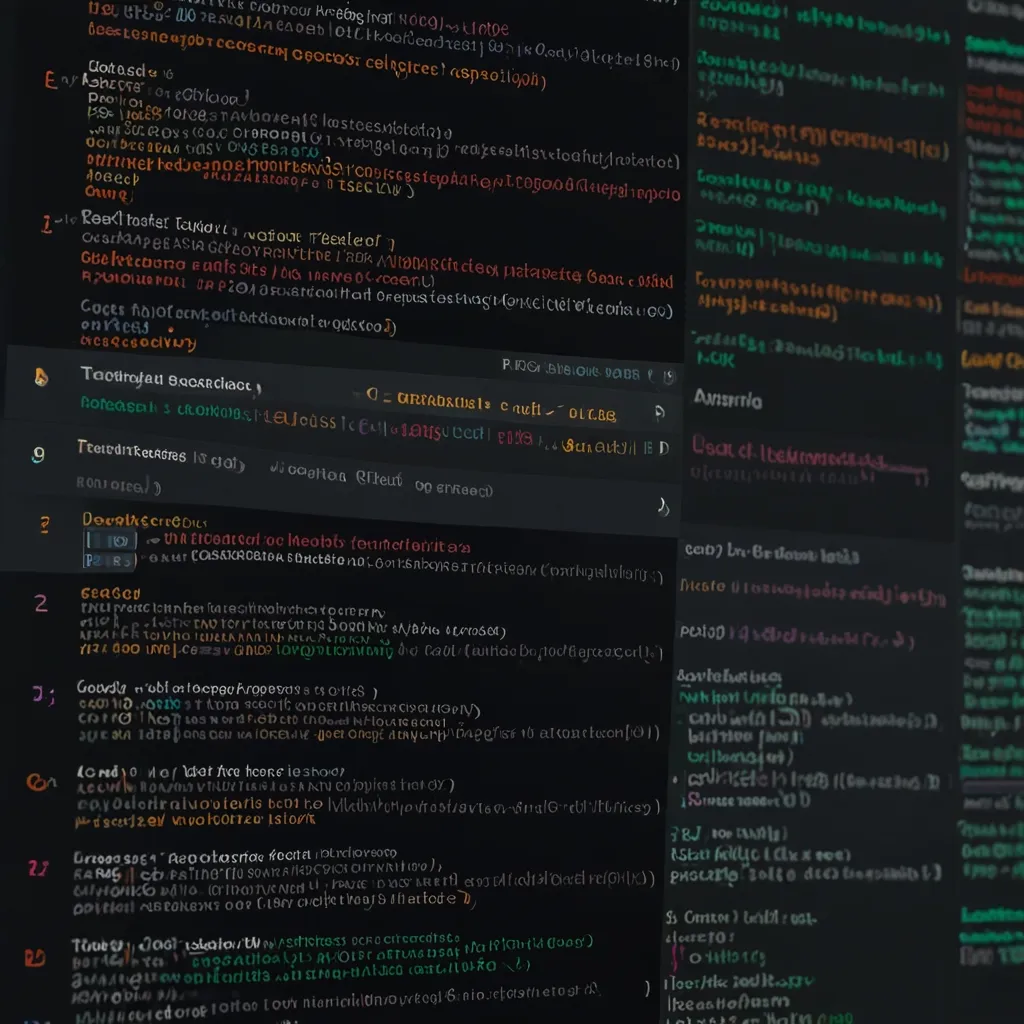When you’re surfing the web, you often get a pop-up asking if you’ll accept cookies. But what do these cookies even do, and why are they crucial?
Cookies are like tiny text files that websites drop onto your device via your browser. They store bits of information that help sites remember you and your preferences. Think about when you add stuff to your online shopping cart; those cookies ensure the items stay there even if you come back later.
Here’s the quick lowdown on how they work: when you visit a site, your browser shoots an HTTP request to the server hosting it. The server replies with the webpage and a “Set-Cookie” header. This header packs in the cookie’s name, value, and expiration date. Your browser stores this file on your device.
Imagine you’re logging into a site. The server sends over a cookie with a unique session ID. Your device keeps this ID and tosses it back to the server whenever you make a new request. This lets the site keep you logged in across different pages.
Not all cookies are built the same, though. Here are the main types you’ll come across:
- Session Cookies: These are temporary. Close your browser, and they’re gone. They help track your activities during that one browsing spree, like keeping tabs on your shopping cart items.
- Persistent Cookies: These stick around even after you close your browser. They come with an expiration date and remember stuff over multiple visits—like keeping you logged in or recalling your language preference.
- First-Party Cookies: Set by the site you’re on, these cookies improve your experience there. They might remember your preferred layout or theme.
- Third-Party Cookies: These come from sites other than the one you’re visiting. Mainly used for tracking and ads, they can be a bit intrusive since they follow you around different websites.
So what do cookies actually do for you?
First up, they handle authentication. Without these cookies, you’d be logging in a million times, which would be super annoying. They’re like your digital handyman, keeping you logged in securely as you navigate through a site.
Cookies also handle personalization. Think of any site where you’ve customized settings or layout—those little files keep your changes intact for next time. Even Google used to let you decide the number of search results per page with the help of cookies.
Analytics cookies are another big deal. They track how users interact with a site, providing valuable data on which pages are the most popular and how long users stick around. This info helps site owners tweak and improve their pages.
Advertising cookies work behind the scenes, tailoring the ads you see based on your browsing habits. They build a profile of your interests so the ads feel more relevant to you, though this can raise some privacy eyebrows.
Speaking of privacy, laws like the EU’s GDPR and California’s CCPA require sites to get your OK before storing non-essential cookies. That’s why you see those cookie consent banners popping up all over the place.
But cookies aren’t all sunshine and rainbows. They have limitations. Your browser can only handle so many cookies per domain (usually around 50), and each cookie can only be so big (typically up to 4 KB). Hit these limits, and things can slow down since cookies are sent with every request to the server.
To get around these issues, developers often rely on server-side storage for session data and reserve cookies for essential tasks like session tracking. This keeps things running smoothly without bogging down performance.
There are also some security concerns to be aware of. If a cookie contains sensitive info and isn’t encrypted, it can be hijacked by hackers. This is particularly dicey for authentication cookies that can give unwanted access to your account. That’s why it’s crucial for websites to secure and encrypt any sensitive cookie data.
So, wrapping it up—cookies are small but mighty tools that enhance your online life. They remember you, personalize your experience, and track how you use websites. While they make the web more user-friendly, it’s key to stay aware of privacy and security implications. By understanding how cookies work and the differences between them, you can better manage your online privacy and enjoy a safer browsing experience.
In a nutshell, cookies are handy little helpers that make your web interactions smoother. Whether keeping you logged in, personalizing your setup, or tracking site analytics, they play a vital role. However, it’s always smart to keep an eye on your cookie settings and be mindful of the data being scooped up.






